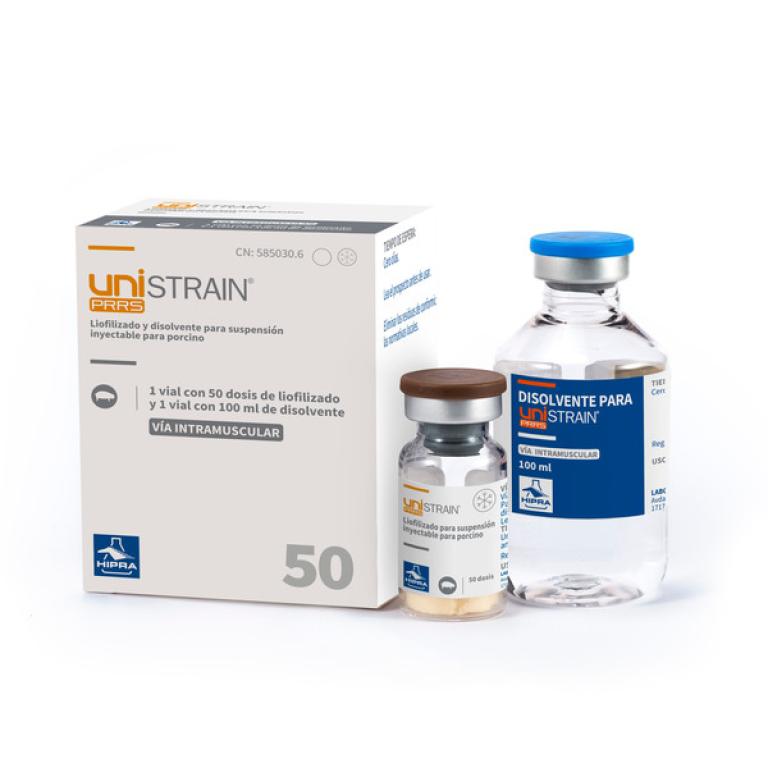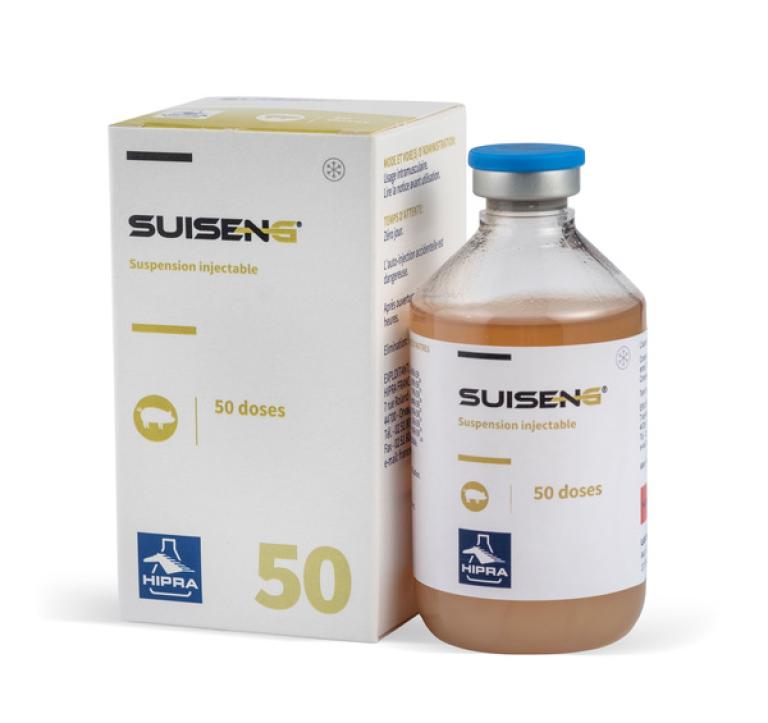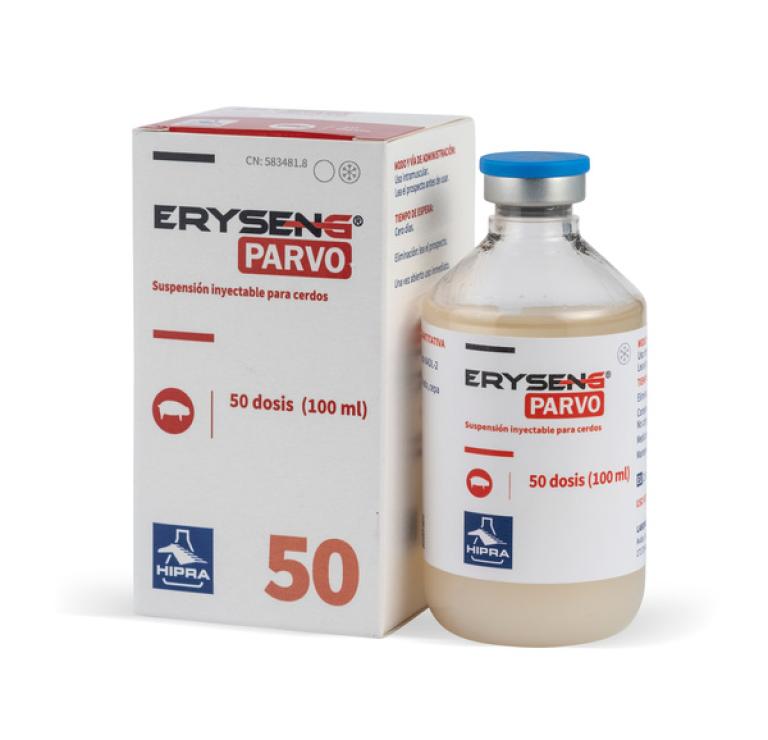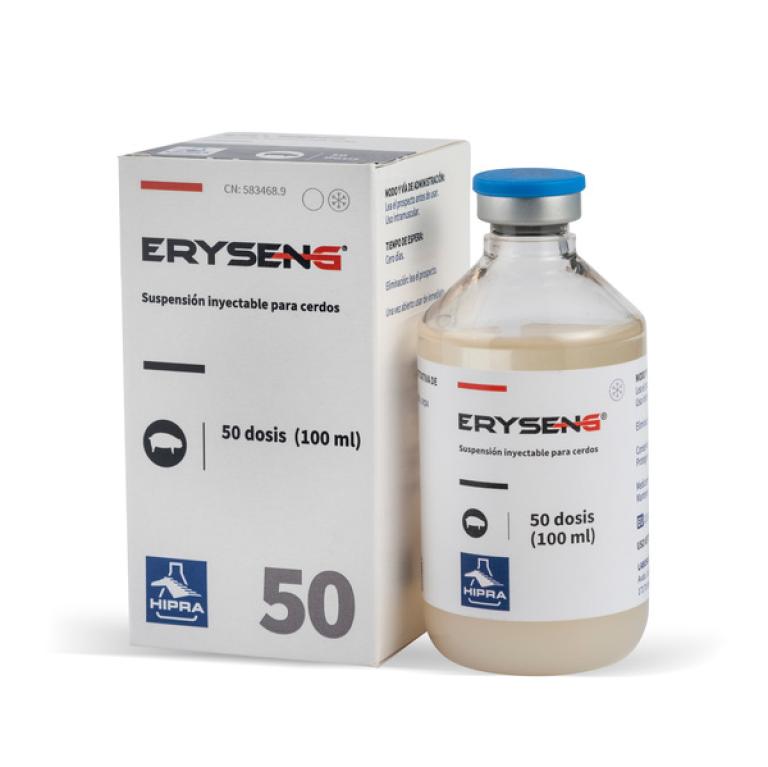Welcome to the space that deals with the consequences of VTEC infections in the field through quick audio episodes:
EPISODE #1: What's the pathology of ED and its virulence factors?

Professor of Pig Diseases in the Department of Large Animal Sciences at the University of Copenhagen. Co-founder and CEO of one of Denmark's major specialized swine practices, Ø-VET.

Veterinary specialist in swine and MSc by the University of Zaragoza and eMBA studies by the Barcelona School of Management (Pompeu Fabra University). Corporate Brand Manager of the SENG Range at HIPRA.

PhD in animal nutrition by the Autonomous University of Barcelona and Postdoc experience in Canadian universities. Corporate Product Manager at HIPRA.
The current challenge we are facing due to the reduction of antibiotics and the zinc oxide ban could probably means the emerge or re-emerge of diseases that has been under control by those strategies. Edema Disease, as an E.coli disease could be one of those future challenges.
Is E. coli a dangerous bacterium?
Escherichia coli are ubiquitous in animals.
There are many types of E. coli, some are normal inhabitants of the intestine, but other strains cause a variety of recognised colibacillosis disease syndromes. E. coli is not a dangerous bacteria per se, but depending on the type of E.coli animals have, they can potentially be susceptible to having colibacilosis disease.
For example, if they have an E. coli with pathogenic traits such as fimbriae (pili) for attachment, producers of enterotoxigenic exotoxins, endotoxins and capsules.
The etiology of Edema Disease is VTEC E. coli strains with or without F18, Sta, STb and LT but always with verotoxin 2e. What is the pathology and how does the disease look in pigs? Which is the productive cost of the disease?
The disease often presents in animals after they are weaned, but it may also present in animals that have started the fattening period. This presentation is characterized by its sporadic nature, and it may affect the entire group, although only some suddenly die without presenting any other associated clinical signs.
The most common clinical signs are the following: Loss of appetite, swelling of the eyelids and the front of the head, typical squealing and snoring sounds, lack of motor co-ordination. The affected pigs have no fever or diarrhoea. In terminal stages we can see, a small number of animals may have watery diarrhoea with fresh blood clots. But that is not common. Some animals that develop these clinical signs will become exhausted and die.
Acute Edema Disease mortality rates may vary from low levels of around 1%-3% that may even go unnoticed, to extreme levels where between 10% and 25% of the animals in the group die. Therefore, the cost of the acute disease is almost always measured by losses of piglets.




































